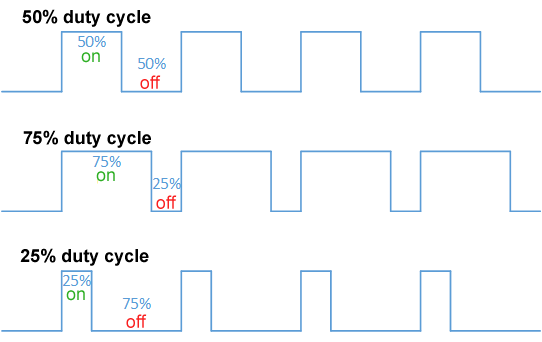MA600 / MA732 breakout board
In the previous post, I outlined a possible path to low cost off-axis encoders to be used with the moteus line of brushless controllers. The first step I took was to try and build a minimally sized breakout board that could be used with the MA732/MA702/MA600 line of hall effect angle sensors. You can get these off the shelf, for instance from tinymovr, but I wanted to see if I could make something a bit more compact, and that had the chip close to a board edge so that it could be used for off axis applications.

